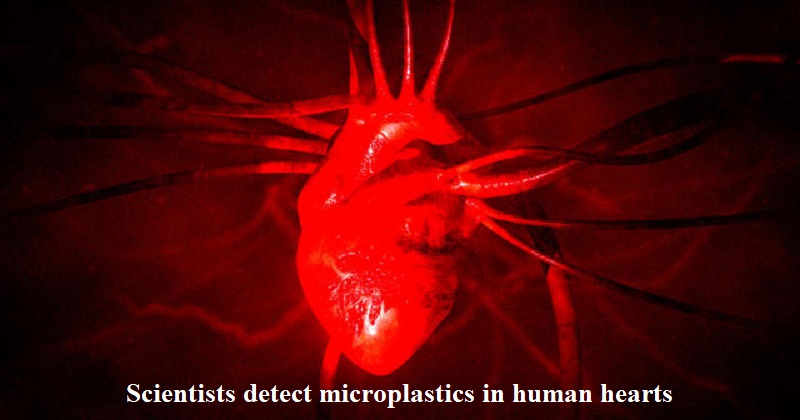
In the midst of the global plastic crisis, recent research findings are concerning. Microplastics, tiny pieces of plastic and microfibers from clothing measuring less than five millimeters, have been detected in various places, from rain and snow to even human blood. The American Chemical Society (ACS) published a study conducted by scientists at Beijing Anzhen Hospital in China, which discovered microplastics in the human heart for the first time.
These minuscule plastic particles are carried worldwide, even reaching remote areas like Antarctica, where they were found in fresh snowfall last year. They can enter the human body through various routes, such as the mouth and nose, but the potential exposure and effects on human health are not fully understood yet.
The researchers, led by Doctors Kun Hua and Xiubin Yang, aimed to investigate whether microplastics could enter the cardiovascular system through direct and indirect exposures. They collected heart tissue samples from 15 people during cardiac surgeries and blood specimens before and after the surgeries. Laser direct infrared imaging was used to analyze the samples.
The study revealed the presence of microplastic particles, ranging from 20 to 500 micrometers, made from eight different types of plastic. Most tissue samples contained “tens to thousands of individual microplastic pieces,” although the amounts and materials varied among participants.
The detected plastics included Polyethylene terephthalate (used in clothing and food containers) and polyvinyl chloride (PVC, found in window frames, drainage pipes, and more). The study noted that all blood samples collected contained plastic particles. After surgery, the average particle size decreased, but the types of plastics present became more diverse, suggesting inadvertent exposure during surgery.
Although the study involved a small number of participants, the researchers emphasized that they provided preliminary evidence of how various microplastics can accumulate and persist in the heart and its inner tissues. They highlighted the overlooked risk of microplastics exposure during invasive medical procedures, offering direct access to the bloodstream and internal tissues. The research team calls for further studies to investigate how microplastics enter cardiac tissues and their potential long-term effects on prognosis after cardiac surgery.

Post Your Comments